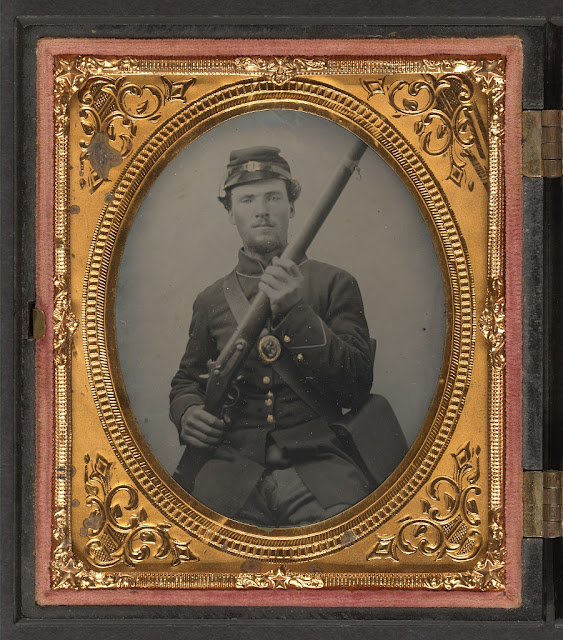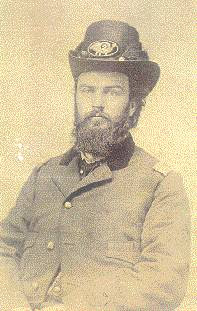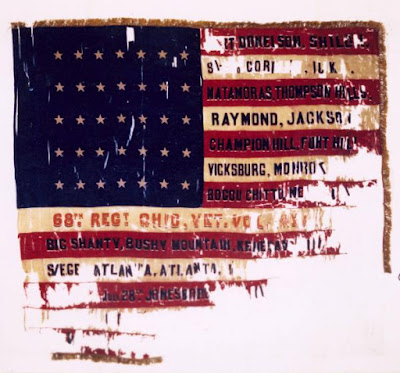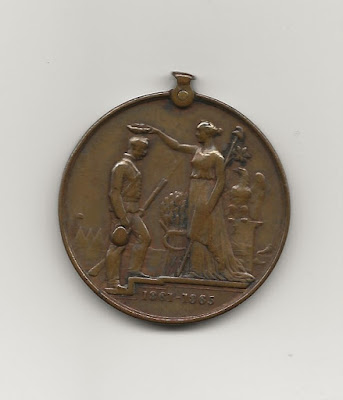The Desperate Unceasing Battle: the 61st Illinois at Shiloh
Today's blog post features an intense first hand account of the Battle of Shiloh as seen by Private Peter D. Whitsel of the 61st Illinois. The 61st Illinois was part of Colonel Madison Miller's brigade (the Second) of Benjamin Prentiss' Sixth Division; about midway through the fight, the 61st Illinois was detached from the brigade and sent to support a battery on the far right of the division. This assignment proves the salvation of the regiment as it allowed them to retreat safely and not be scooped up when Prentiss was surrounded that afternoon. Whitsel's story was featured in the September 17, 1896 issue of the National Tribune . “An April Sunday: Desperate, Unceasing Battling on Shiloh’s Field” “Co. H, turn out!” “Why can’t they let us eat in peace? This is the third time we have been ordered out before sunrise, and here only a week.” “Right face by fours! Forward! Double quick! March!” Evidently the



